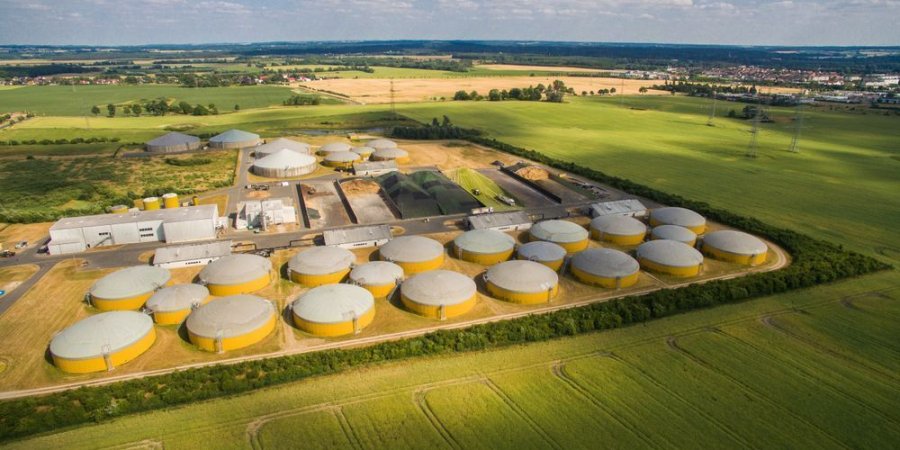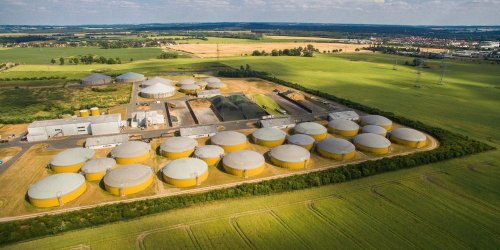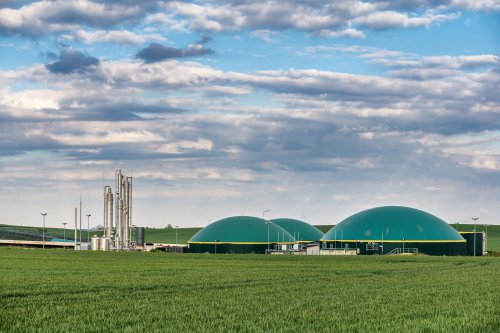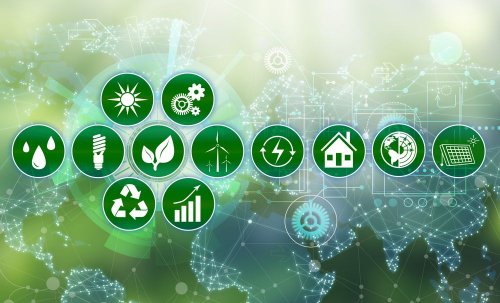According to the European Biogas Association, in 2022, biomethane production in Europe increased by almost 20% compared to 2021, and the production of combined biogas and biomethane reached 21 billion m3.
This exceeds Poland's entire domestic demand for natural gas and accounts for 6% of EU natural gas consumption in 2022, according to the EBA.
It is noted that in 2022, the EU's dependence on natural gas imports increased from 83% in 2021 to 97%.
"Given the growing dependence on gas imports together with climate emergencies, sustainable biogas production in Europe is of strategic importance: every euro invested in biogas will remain in the European economy and provide an added value of 50% by 2030, which will also remain in our economy," said EBA CEO Harmen Dekker.
The EBA said that the versatility of biomethane as a renewable energy source is reflected in its balanced distribution among end users who need urgent decarbonization:
- 22% were used for buildings in 2022;
- 14% – in industry;
- 19% – in the transport sector;
- 15% – for electricity production.
The message emphasized that in 2022 in Denmark, the share of biomethane in the gas network will reach 40%. The country plans to completely replace natural gas by 2030.
It is noted that Europe's dependence on the import of chemical fertilizers also creates risks for food security. In 2022, biogas plants in Europe produced 31 million tons of digestate, a valuable organic fertilizer that improves productivity and helps maintain the necessary soil moisture. This amount of fertilizer from biogas plant waste could cover 15% of the EU demand for nitrogen fertilizers. This would avoid 10 mega tons of CO2 equivalent emissions and save 2 billion m3 of natural gas.
"Achieving 35 billion m3 of biomethane production requires a stable annual growth rate of approximately 30% of capacity," said EBA technical and project manager Mike Decorte. obtaining permits are the first steps to encourage market developers and projects to work much faster."
Earlier, EcoPolitic wrote, that the report of the European Biogas Association showed that biomethane and biogas are becoming increasingly important sources of energy in the EU energy mix, and their production will increase during the decade.
As EcoPolitic previously reported, in December 2022 the Verkhovna Rada adopted draft law No. 4558 "On handling pesticides and agrochemicals", which for the first time defined the term "digestate produced in biogas plants" and canceled the requirements regarding its state registration. This will allow the use of valuable organic fertilizer as a specific product.





